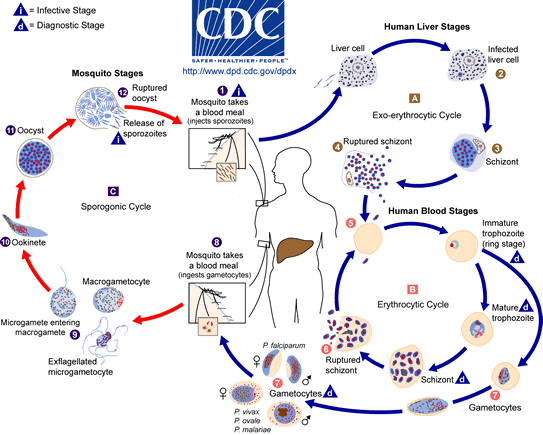QUESTION
What can American nurses do to help those with malaria?
ANSWER
It is great that you are interested in helping the fight against malaria. One very valuable thing that nurses can do, given their crucial medical training, is volunteer overseas in places that are hard-hit by malaria. Websites such as this: Volunteer Abroad post these kinds of opportunities when they become available. Other, longer-term, volunteering opportunities are also available through governmental programs such as Peace Corps.
Closer to home, nurses can help to galvanize their communities to raise awareness about malaria. Another large-scale effort throughout the United States has been to try to raise money to buy long-lasting insecticide treated bednets for communities around the world, and particularly in sub-Saharan Africa, which are especially at risk of malaria. You could hold a fund-raising event in your community, or perhaps get involved with the initiatives in other ways. Many organizations are working towards bednet distribution, and links to just a couple of them are here:
